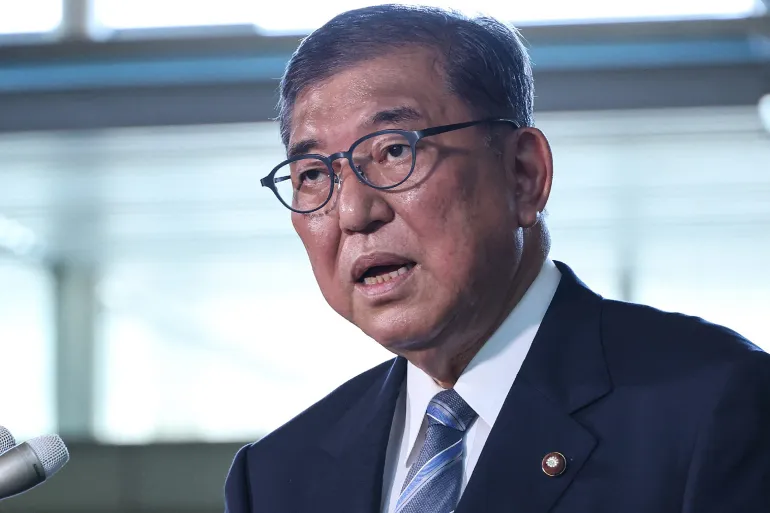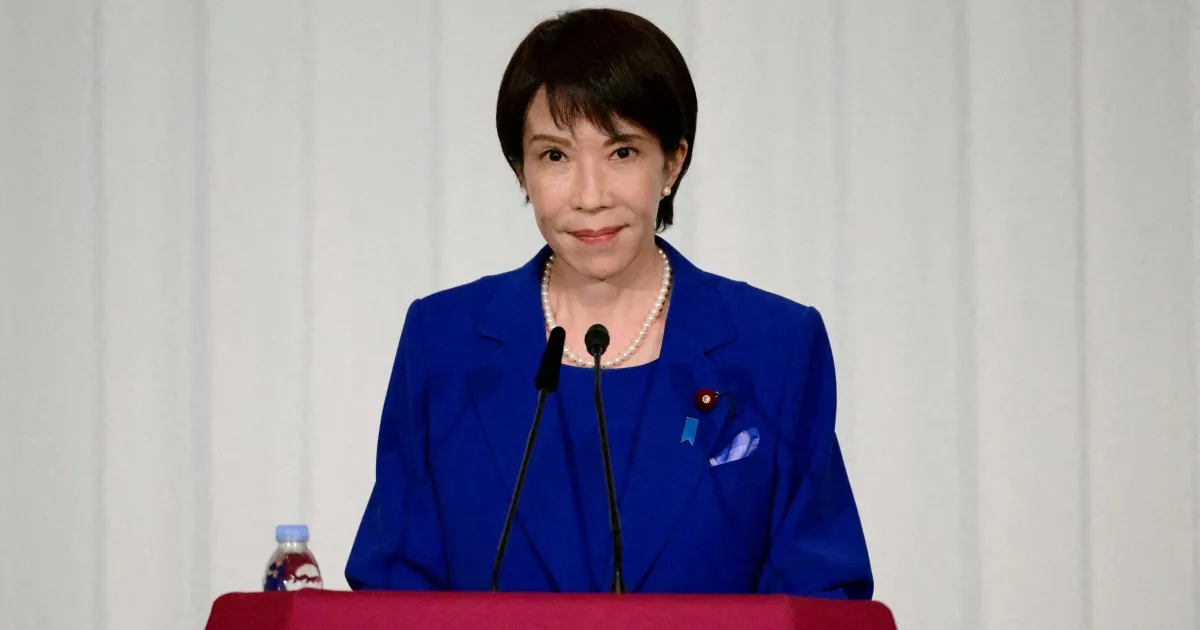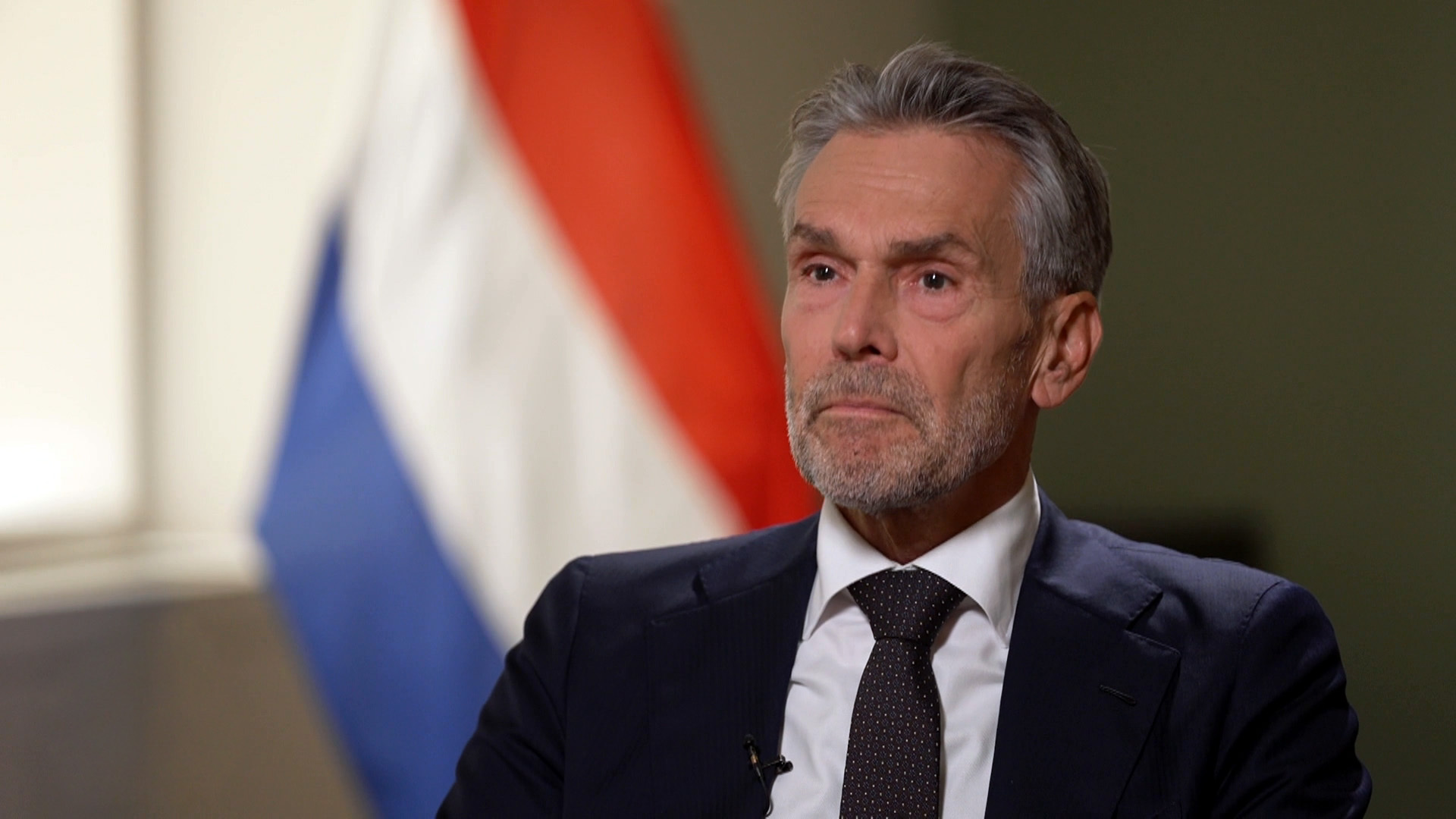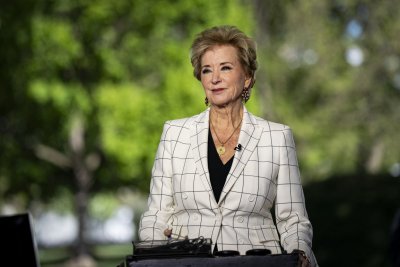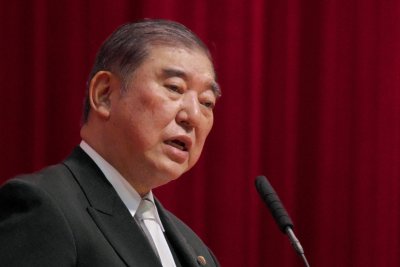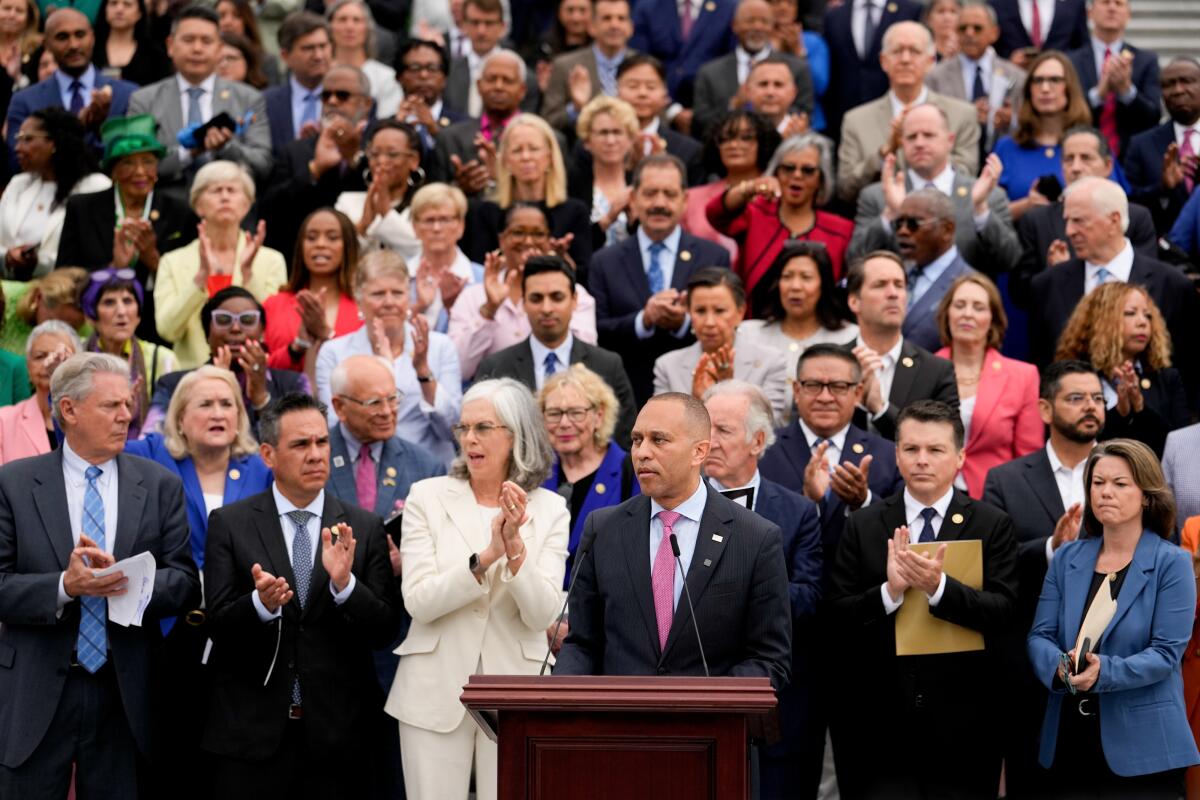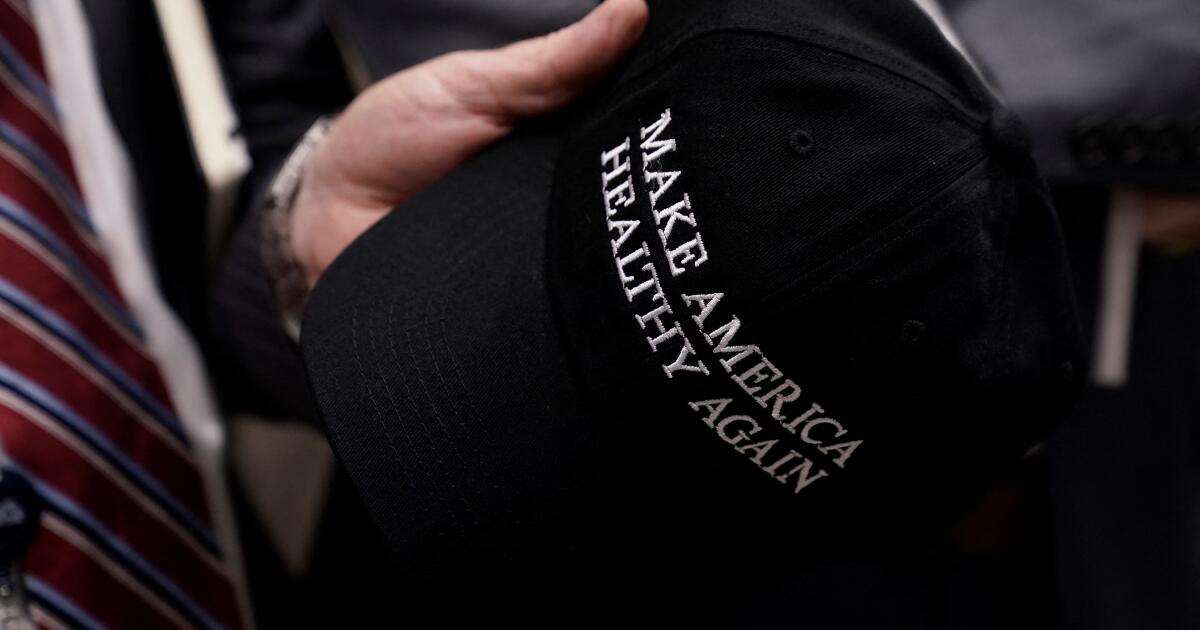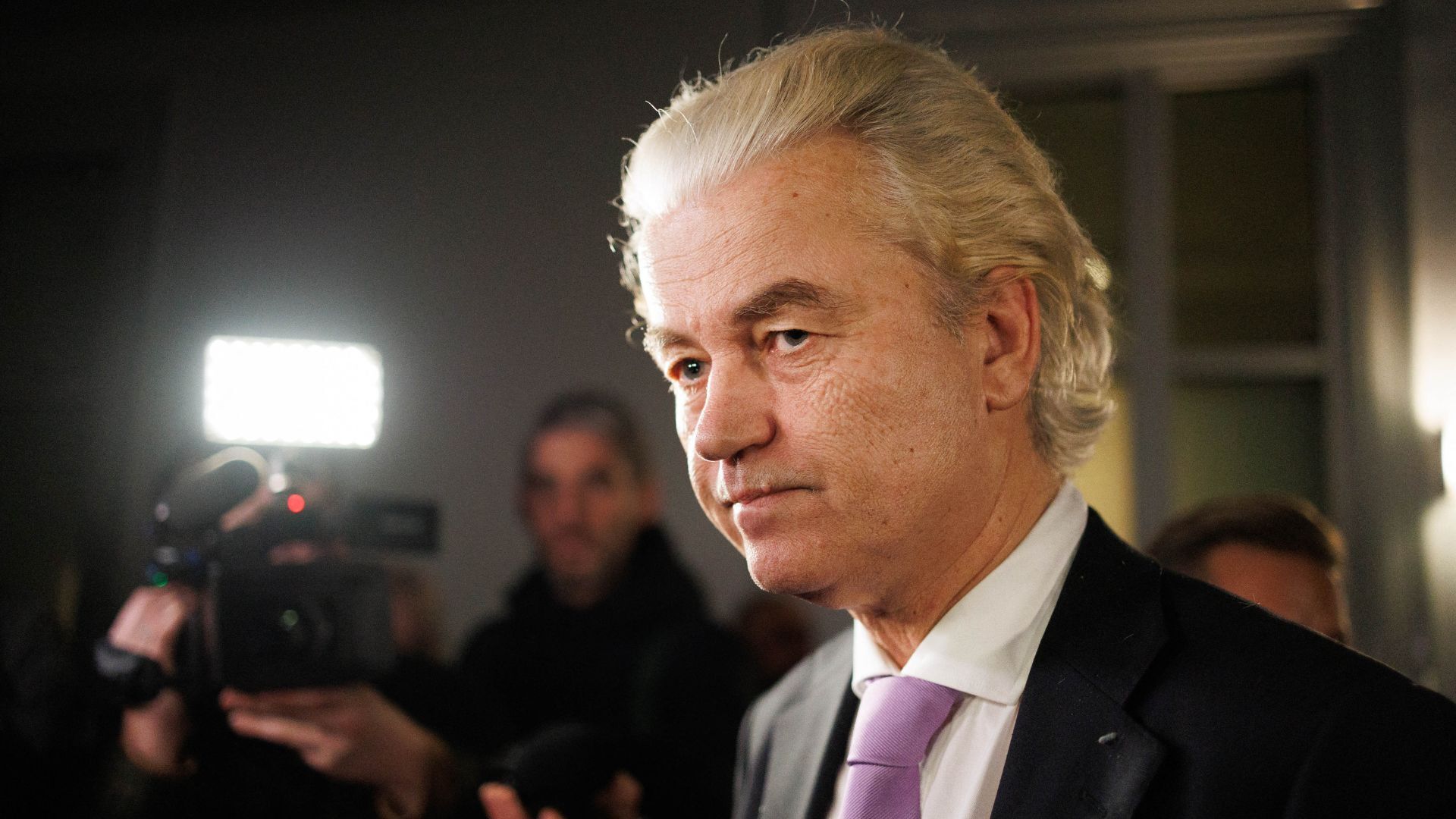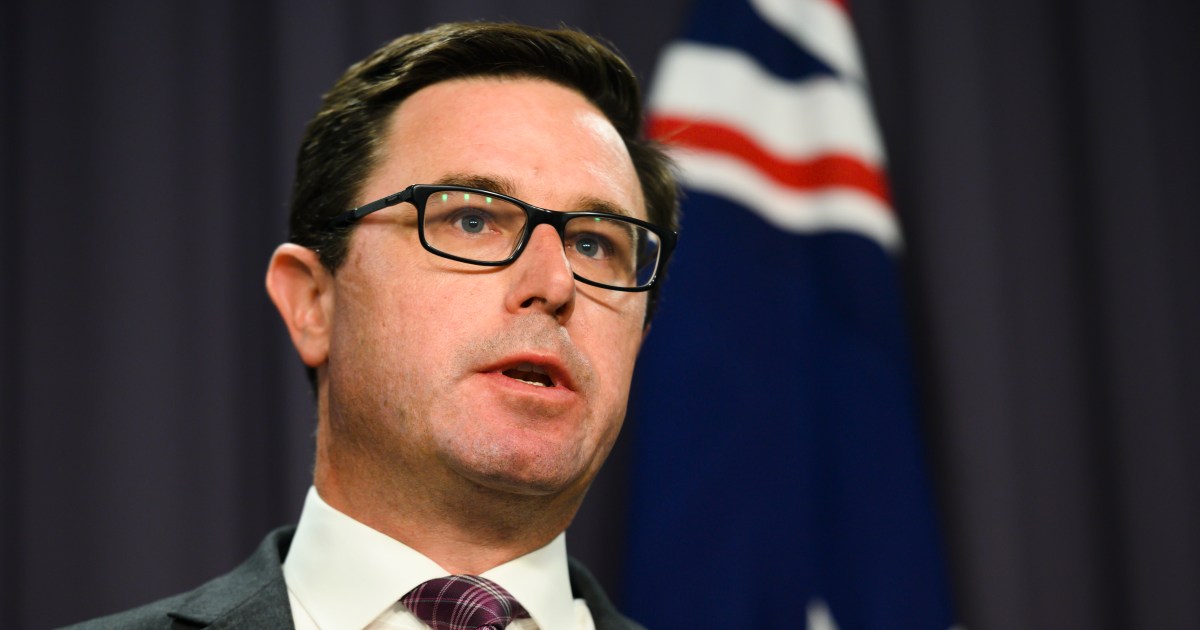Zohran Mamdani’s unlikely coalition: Winning over NYC’s Jewish voters | Elections
New York City, United States – Sitting in a room of hundreds of Jewish New Yorkers, Zohran Mamdani received cheers and applause at the Erev Rosh Hashanah service of progressive Brooklyn synagogue Kolot Chayeinu on a Monday evening last month.
This was one of the Democratic mayoral nominee’s recent appearances at synagogues and events over the Jewish High Holy Days, and a visible step towards navigating a politically charged line: increasingly engaging the largest concentration of Jewish people in any metropolitan area in the United States, and holding firmly anti-Zionist views before the general election on November 4.
Recommended Stories
list of 4 itemsend of list
Historically, Mamdani has held a strong stance on the Israeli–Palestinian conflict, even founding a chapter of Students for Justice in Palestine during his undergraduate days at Bowdoin College. A little more than a decade later, as Mamdani’s name began to gain recognition, his longstanding unapologetically pro-Palestinian stance became a rallying force behind his platform as well as a point of criticism from opponents.
Mamdani received endorsements and canvassing support from progressive Jewish organisations like Bend the Arc, Jewish Voice for Peace (JVP) Action and Jews for Racial and Economic Justice (JFREJ), organisations that have each confronted Israel’s role in the war in Gaza through statements on their websites.
Simultaneously, he has sustained attacks from far-right activists, Jewish Democrats on Capitol Hill and Zionist activist groups for his firm support for the Boycott, Divestment and Sanctions (BDS) movement and refusal to call Israel a Jewish state.
But despite mixed responses, the polls are clear: Mamdani is leading among Jewish voters overall in a multiway race.
‘No group is a monolith’
In July, a publicly released research poll by Zenith Research found that Mamdani led with a 17-point lead among Jews and by Jewish subgroups. In the scenario of Mayor Eric Adams dropping from the race, Mamdani still dominated, 43-33.
“Me being Jewish, I understand that there are many cleavages within the Jewish community,” said Adam Carlson, founding partner of Zenith Research. “As a pollster, one of my big things is that no group is a monolith, and if you have a large enough sample size, you can break it out and glean some nuances … what we found was a better-than-expected result for Mamdani among Jewish voters in New York City.”
Beth Miller, political director of the political advocacy organisation Jewish Voice for Peace (JVP) Action and a member of Kolot Chayeinu, shared what it was like to witness a fraction of this support at the Erev Rosh Hashanah that Mamdani attended last month.
“He was basically swarmed at the end because people were so excited that he was there,” said Miller. “And that’s not because he’s a celebrity, it’s because people are excited about what we can all build together if he becomes mayor.”

JVP Action, a day-one endorser of Mamdani, represents one organisation among a growing group of Jewish supporters for Mamdani, like JFREJ, a group that has played a part in spearheading canvassing efforts among the diverse Jewish communities of NYC.
JFREJ’s electoral arm, The Jewish Vote, has supported Mamdani since he was first running for state assembly in 2020. Since then, JFREJ members and Mamdani have worked, canvassed and protested together.
Alicia Singham Goodwin, political director of JFREJ, has personally been arrested at protests alongside Mamdani.
“That’s the kind of thing that gives me faith in his commitments,” Goodwin told Al Jazeera regarding the arrests. “He’s willing to take on big risks for the things that matter.”
JFREJ has played a large role in spreading Mamdani’s message by knocking on doors and phone banking Jewish voters.
“We care about what our neighbours are worried about, excited and hopeful for — what they need for their families, and we’re ready to meet them there with our analysis of how the city needs to move to get to affordable housing, universal childcare, or to combat the real rise in anti-Semitism and hate violence,” said Goodwin. “We believe that Zohran is the strongest candidate for that, as well as for all the other issues we talk about.”
Courting the Jewish vote
While there is no doubt that the canvassing army of 50,000 volunteers has served Mamdani well, the mayoral hopeful has also been strategic in his pursuit of the Jewish vote.
“He has definitely modulated his rhetoric and has made a concerted effort to reach out to liberal congregations,” said Val Vinokur, professor of literary studies and director of the minor in Jewish culture at The New School. “This has made him more palatable to some progressive Zionists, much to the outrage of his anti-Zionist supporters.”
One example of Mamdani’s subdued rhetoric includes his response to continued backlash over the phrase “globalise the intifada”.
The phrase, used by pro-Palestinian activists, sparked tension between Mamdani and parts of the Jewish community. To some, it represents a call for solidarity with Palestinian resistance, while others view it as anti-Semitic and violent.
Mamdani resisted rejecting the phrase before the June election, but The New York Times reported that since then, he said he would “discourage” its use.
On the second anniversary of the Gaza war, Mamdani posted a four-paragraph statement on X where he acknowledged the atrocities of Hamas’s attack, and then called Israel’s response genocide and ended on a note of commitment to human rights.
“It got s*** on from all sides,” said Carlson. “He made nobody happy, which in my mind, is kinda the correct way to go about it … Sometimes, pleasing nobody is the job of the mayor, and I think he’s learning that now. It’s like a microcosm of what he’s about to face as mayor, assuming he wins. Sometimes, you have to piss off everybody a little bit for compromises.”
Anti-Zionism and anti-Semitism
As Carlson’s Zenith Research poll reflected, the NYC Jewish community has a wide diversity of opinion about politics and positions on Israel and Palestine. The community most clearly differentiates along lines of age, and secular versus conservative practice, but as Jewish support for Mamdani increases, it is evident that these divides are not always so distinct.

“While it’s true that there are major trends that younger American Jews are more progressive and sympathetic to Palestinians, it’s also true that for as long as Zionism has existed, there have been anti-Zionist Jews,” said Miller. “I learned a lot from elders who were in their 70s, 80s and 90s who have been anti-Zionist since Israel was created because they never felt that what they wanted or needed was an ethnostate to represent them.”
Alternatively, Zionist groups like Betar worldwide are troubled by these trends within the Jewish community of New York.
“It’s heartbreaking to see members of the Jewish community support Zohran Mamdani, who openly opposes Zionism — the national liberation movement of the Jewish people,” said Oren Magnezy, spokesperson of Betar worldwide.
Jonathan Boyarin, American anthropologist and Mann professor of modern Jewish studies at Cornell University, wondered whether anti-Zionism has done much to help Palestinians, but distinguished the line that Mamdani is walking.
“It’s been said that there are two kinds of people who confuse anti-Zionism and anti-Semitism: Zionists and anti-Semites. I don’t think Zohran Mamdani belongs in either of those categories,” said Boyarin.
‘New political moment’
Ultimately, experts like Vinokur predict Mamdani will win, barring a scenario in which Republican nominee Curtis Sliwa drops out. Regardless, Vinokur expects Mamdani to secure the Jewish vote.
“He will win the Jewish vote despite and not because of his anti-Zionist background,” said Vinokur. “Younger Jewish voters are overwhelmingly liberal, have been galvanised by the dynamism of his campaign, and ultimately want to make the city a more livable, affordable, and equitable place.”
Mamdani’s message and campaign were celebrated at the JFREJ annual gala fundraiser, the Mazals. NYC Comptroller Brad Lander and Mamdani were honoured together during a night filled with music, ritual and tradition with more than 1,000 attendees.
“I would say it was probably the largest single gathering of Jews for Zohran,” said Goodwin. “They cement this new political moment that we’re in, where people like JFREJ members, movements like ours, are not fringe or aspirational, but we are popular among a majority of New Yorkers.”

